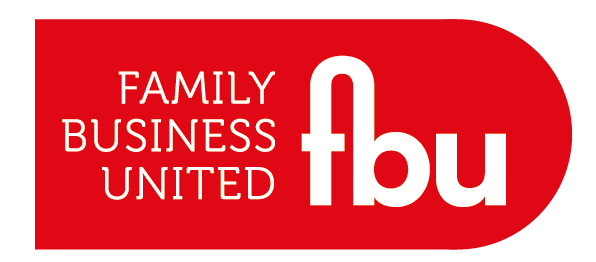Family Businesses: Planning For The Worst
- Paul Andrews - Founder & CEO, Family Business United

- Oct 12, 2022
- 3 min read

Business owners often underestimate the impact their death or incapacity will have on the short‑term continuation of their business. Estate planning practitioners are used to advising on long‑term succession strategy, but short‑term day‑to‑day practical implications are often ignored. Here, Hayden Bailey of Boodle Hatfield sets out the advantages of a business having an emergency board plan (‘EBP’).
Drafting An EBP
An emergency board plan (EBP) to deal with immediate management decisions in the event of a sudden absence can be a useful tool for estate practitioners and can focus the business owner’s mind on an area that might otherwise be overlooked as unimportant and generating unnecessary costs. An EBP is a non‑binding document that sets out a protocol for decision making in the event that the business owner is not available, either through incapacity or death.
What To Include
An EBP will likely cover a wide range of areas, including how to manage the announcement of the death or incapacity, both internally and externally. It is crucial that communications to staff show that there is a clear, predetermined emergency plan that is being implemented. Another vitally important part of this is keeping key customers and investors informed as to what is happening.
The EBP will establish a protocol to deal with immediate pressure areas, such as bank loans, financing, debt management, cash‑flow issues and cheque‑signing authority. The plan might name trusted friends or advisors from other similar businesses who could be brought in to ‘steady the ship’ for a defined period. It will also assign key decision‑making roles to individuals currently within the organisation and identify a successor chair, as well as a process for hiring an interim chief operating officer, a chief financial officer and lawyers to monitor risks.
The EBP will also define how and when the board will be expected to report to the family or executors. Additionally, it will confirm how the interim board and advisors will identify the key decisions that must be taken in the first week, month, quarter and year after the death.
Next Steps
Once this EBP has been drafted, it can be reconsidered and shared with key people in the business so that it can be finessed over time, making the discussion about long‑term succession planning easier to break down into something understandable and tangible.
The EBP should also be shared with the business owner’s attorneys, who will have control of the shares in the event of incapacity. It can often be appropriate for business owners to create a separate business assets lasting power of attorney (LPA) that covers shares in the business only, rather than all of their assets. The attorneys of such an LPA can receive copies of the EBP, keeping the management of the owner’s business assets distinct from their personal assets, where different attorneys may be involved. Choice of attorneys requires great care, as selecting a person involved in the business could create a conflict of interest if that individual relies on the company for employment.
Conclusion
Business owners often do not think through how decisions will be made when they are not here, adopting a ‘trust no one’ and ‘I am the board’ mentality. The process of identifying and establishing a management structure or executive board can initially feel like a reduction of control, akin to giving oneself a boss. The benefits are substantial, however, and prevent the business relying on a single point of failure.
If the process of preparing an EBP highlights that ‘no one will ever understand this business the way I do’, then the conversation may lead to the conclusion that creating a board will never work. In that case, the EBP’s focus may move towards a strategy for an organised sale or break‑up instead to avoid a fire‑sale scenario. However, presented in the right way, EBP discussions can lead to founders ultimately embracing the involvement of their spouse or children, finding joy and a reduction in stress by offering experience and guidance to a fledgling board.
A more developed EBP might ultimately expand to include elements of the business owner’s vision for the future of the business. By focusing on the practical aspects, the owner can more readily engage with more conceptual questions around how the board might in the future deal with changing markets, expansion and other internal and external risks, and how that should impact the family shareholders, including the dividend policy and family remuneration.
An EBP, used in conjunction with a well‑structured will, lifetime trust, LPA and, ultimately, a set of company governance documents, is one of a number of tools that can assist estate practitioners in breaking down into digestible projects otherwise arbitrary and conceptual discussions around business succession.
This article was first published in the STEP Journal in August 2022 (Issue 4, Journal, Vol30 Iss4) and has been reproduced with their permission.








%20copy%20(4)%20copy%20(1)%20copy%20copy%20(1)%20copy%20(1)-Medium-Quality.jpg)



.png)
























